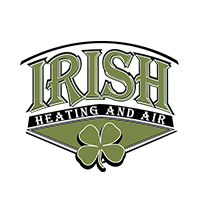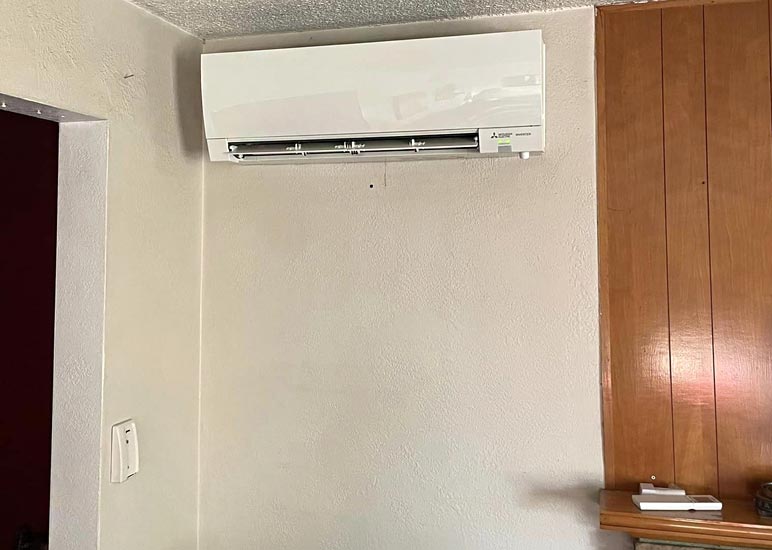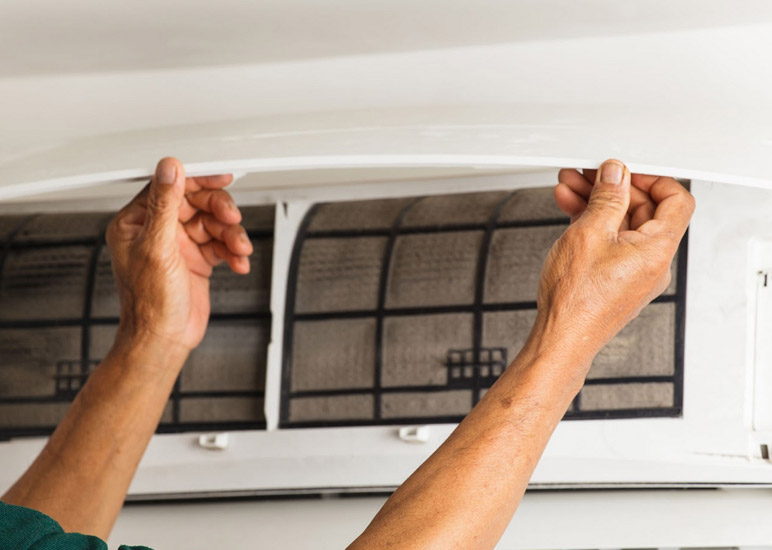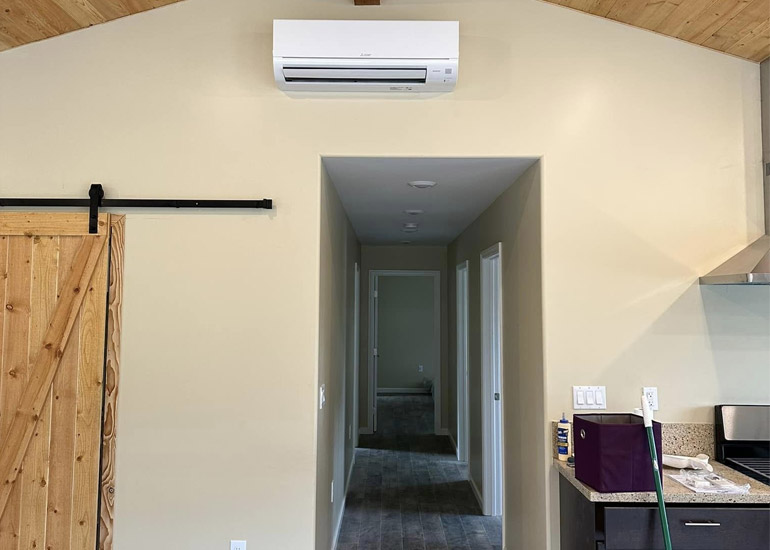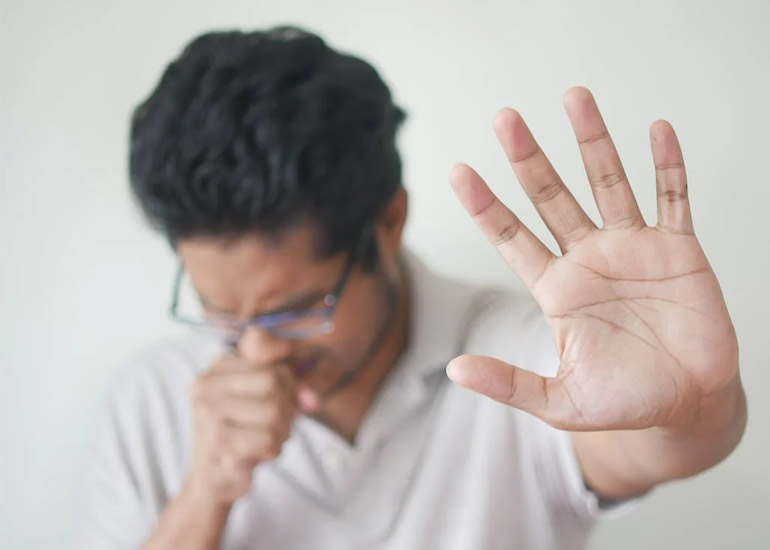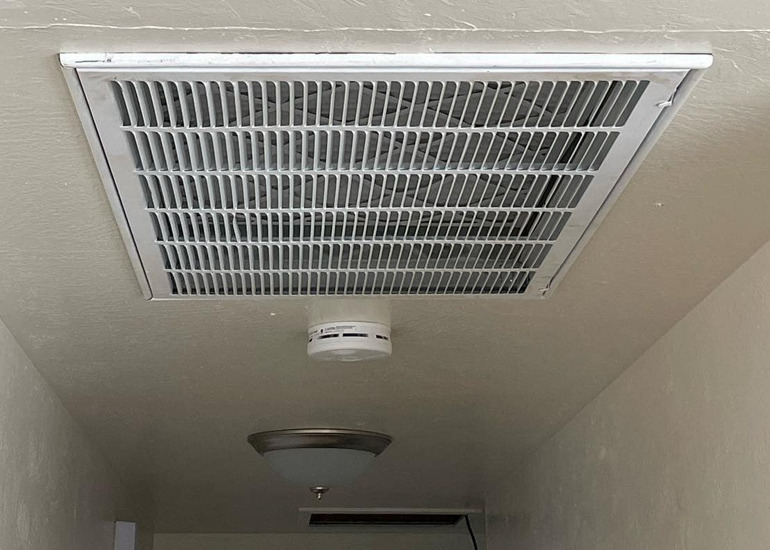 Much of the advice about how to assess your own air quality isn’t too helpful for someone who hasn’t just moved into a new home. You can’t pay attention to changes in your allergies or the feel of your air if you’re used to the way your home always has been. While professional testing is a good option, and we’ll go over it below, it isn’t your only option either. There are ways to test your home for poor air quality on your own.
Much of the advice about how to assess your own air quality isn’t too helpful for someone who hasn’t just moved into a new home. You can’t pay attention to changes in your allergies or the feel of your air if you’re used to the way your home always has been. While professional testing is a good option, and we’ll go over it below, it isn’t your only option either. There are ways to test your home for poor air quality on your own.
1. Professional Testing
Many companies offer professional in-home air quality testing. Or, you may use test strips, which you leave out in your home for a set period of time and then send off to be analyzed. Professional testing is the most comprehensive and will give you precise results. You’ll know exactly the portion of common pollutants in your air. Professional testing should give you results about the following:
- Particulate matter
- Carbon monoxide
- Volatile organic compounds
- Formaldehyde
- Carbon dioxide
- Humidity
- Other contaminants you are concerned about
We’ll also count air quality sensors as professional testing because it is precise and also costs you a bit of money. Quality sensors are worth investing in, especially if you know you have certain air quality risks, like radon or carbon monoxide. They offer continual feedback and can give you peace of mind.
2. Know Potential Contaminants
Sometimes, if you know what the source of a contaminant might be and you know you have that source in your home, you don’t need testing to know you’re likely exposed to it.
- Renovations: Use reputable professionals when performing renovations who will spot and alert you to potential hazards, from asbestos to lead-based paints.
- Cleaning products: Laundry detergent, cleaning sprays, and other solutions you use to clean your home and garage can make airborne contaminants.
- Radon: If you live in an area where radon is a concern, you are best to just purchase a radon removal system.
- New furniture: New furniture, new carpets, and other household goods release VOCs, which can be harmful to health.
3. Identify Smells
When you return to your home after an absence you see it with new eyes and smell it with a new nose. Sometimes we brush off smells, but if you’re smelling something, chances are you have some ventilation or air quality issues. Some smells can even indicate specific problems:
- Mildew: If you smell something like mildew, chances are you have mildew or mold problems from high humidity.
- Stuffiness: The smell people describe as stuffiness is often a build-up of carbon dioxide, from poor ventilation.
- Sweet smells: One VOC, formaldehyde, is known to smell sweet.
4. Check Your Filters
How often should you change your filters, and how often do you end up changing them? If your furnace, air conditioner, or air purifier filters need to be changed much more frequently than your HVAC technician suggest they should be changed, then it is likely that you have air quality issues.
